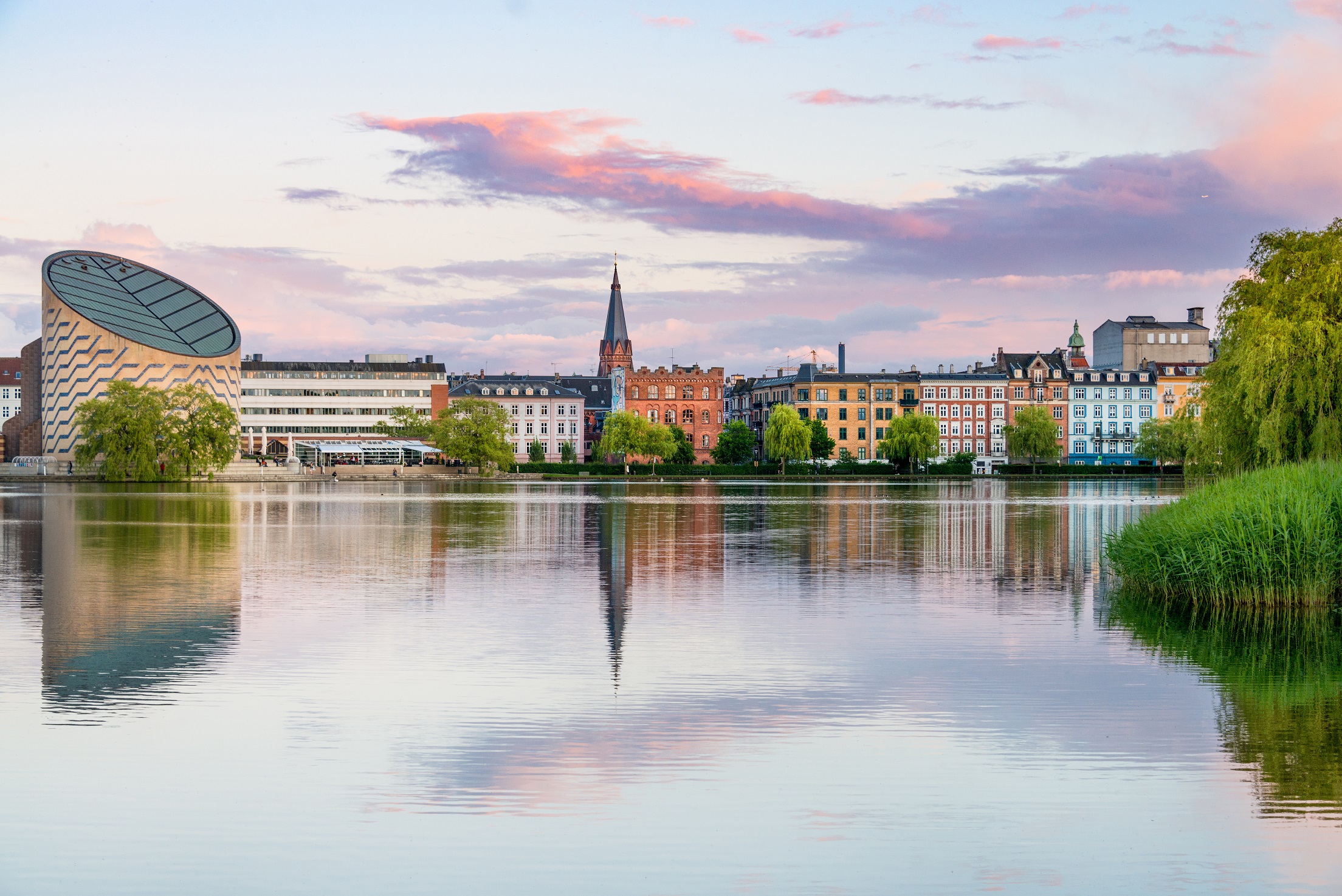Nordic cities share significant values for developing green urban spaces, however, the local policies and legal framework in each country unfold a variety of planning strategies.

Planning systems in the Nordic countries have often been considered as comprehensive, not only because of the strong welfare state traditions they spring from and their focus on bringing together different sectors; but also because of their formal, hierarchal and highly integrated characteristics. Still, there is a need for a better understanding of how the planning systems consider urban green values in terms of preservation, protection and development.
Every city finds its own strategies on how to boost and regulate the development of green urban spaces, which often align with the legal framework and consider national, regional and local goals. There are many good Nordic initiatives and experiences, such as combining urban development with public transport, preserving biodiversity and cultural elements, foresting the city, calculating the balance between the green and built areas, and using digital tools for municipal planning. These examples left us wondering, whether there should be stronger national involvement requiring more green values in urban planning, or if national incentives are the best way to support green urban development?
The study of the five Nordic countries’ planning systems in relation to urban green spaces explores these questions and provides a comparative overview of the Nordic legal and policy framework and a few examples from the Netherlands and Germany.
The study is published as both a full report and an executive summary (in Swedish).



